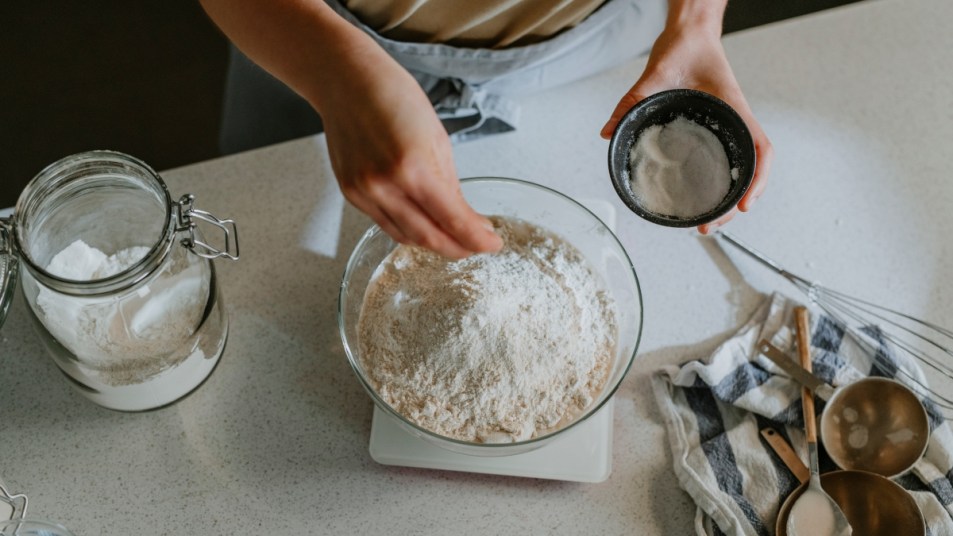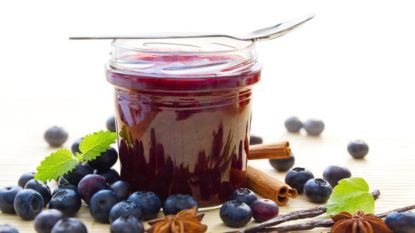You Can Significantly Reduce Your Daily Salt Intake With This Bread-Baking Trick

For many foodies and cooks, a low-sodium diet sounds like a trip to flavorless town, the opposite of Guy Fieri’s dreamland. It cuts out a wide variety of processed goods and comfort foods. It also sounds like a lot of homework, as many trying to reduce their salt load end up scrutinizing every label and becoming that person asking a bunch of questions in restaurants. However, new research suggests that there’s an easier way out, especially if you love to bake. Baking your own bread and simply reducing the amount of salt can significantly lower your sodium intake. The best part? You don’t have to sacrifice flavor.
In a new study published by the Institute of Food Science and Technology, a research team from the University of Illinois investigated practical ways for Americans to reduce their salt intake. The team noted that on average, Americans eat about 3,400 mg of sodium daily. The base amount of sodium that adults should eat is 1,500 mg per day, while the maximum is 2,300 mg. That’s just one teaspoon!
As a result, it’s important to find new ways for Americans to cut out salt in their diets. Study authors Aubrey Dunteman, a graduate student in the Department of Food Science and Human Nutrition, and Soo-Yeun Lee, a professor of food science at the University of Illinois, extensively reviewed existing research on sodium reduction in bread. They found that most studies used one of four methods to reduce salt. Those included:
- Unevenly distributing the salt in sliced bread. According to the research, alternating between densely and lightly salted layers in a baked good can make the consumer think the bread is saltier.
- Replacing table salt with a low-sodium salt like magnesium chloride, calcium chloride, or potassium chloride. At a certain point, however, these ingredients can give bread a metallic taste.
- Adding herbs, spices, or even MSG to hide the fact that the bread has less salt.
- Reducing the amount of salt in the recipe.
Of all the methods, Lee and Dunteman noticed that the simplest (and tastiest) way to lower sodium levels in bread was to reduce the amount of salt in the recipe.
Why is it a good idea to focus on the amount of sodium in bread? The study authors noted that bread is a staple food in many American diets, and people tend to eat more than one serving. Plus, baked goods are a huge contributor to salt intake.
“About 70 percent of sodium in the U.S. food supply comes from packaged and processed foods. And the top source is actually baked goods,” study co-author and food science professor Soo-Yeun Lee explained to AAAS. “Reducing salt in that particular category would help to reduce sodium consumption tremendously.”
Though many of us don’t think about just how much salt we eat in a day, it adds up quickly and can have a negative effect. An intake of 3,500 mg of salt per day can easily increase your risk for high blood pressure and cardiovascular disease, Lee and Dunteman note. Other research has shown that it can even cause an immune deficiency.
So, what’s the magic amount of salt to sprinkle into your bread dough? Lee suggests cutting the recipe suggestion in half, so long as you are using a widely available, standard recipe. “You’d be surprised that the dough would still rise, though the bread would taste a little different,” she says.
If you aren’t sold on this idea, you can also try out a flavor enhancer like herbs to distract you from the lower salt content. Hopefully, Paul Hollywood won’t be too annoyed at you for adjusting the salt levels in your baked goods!













